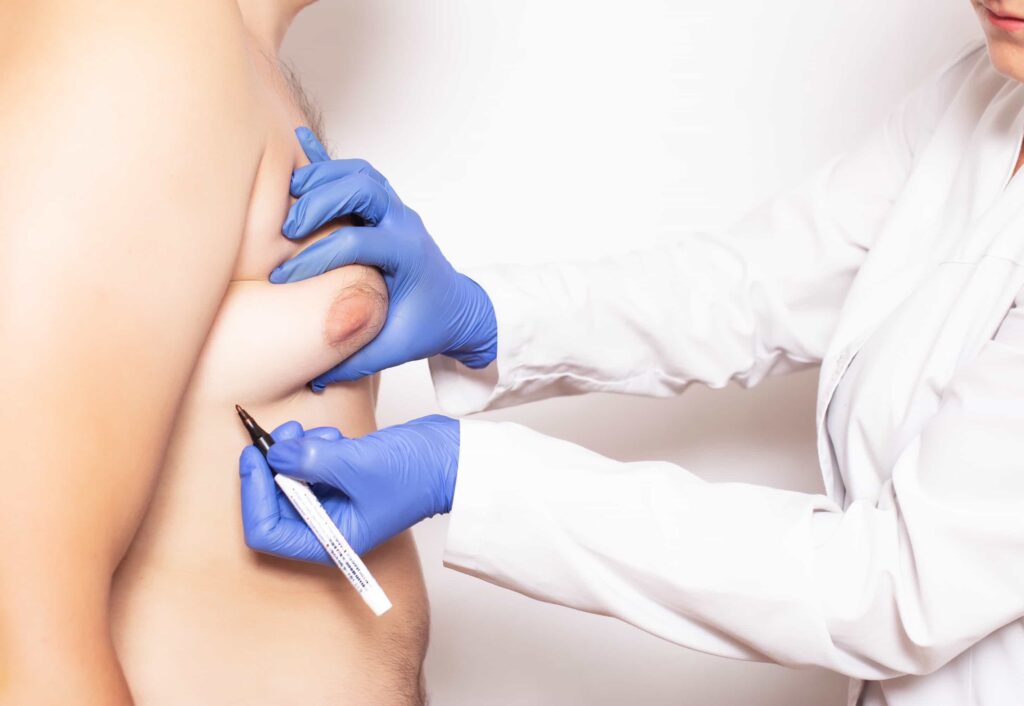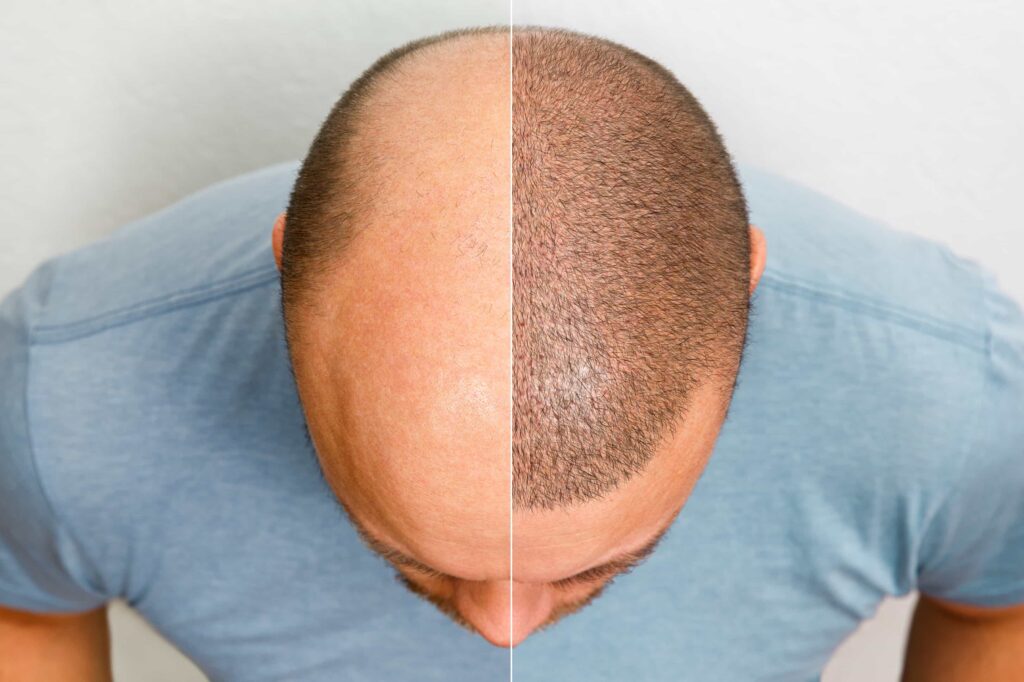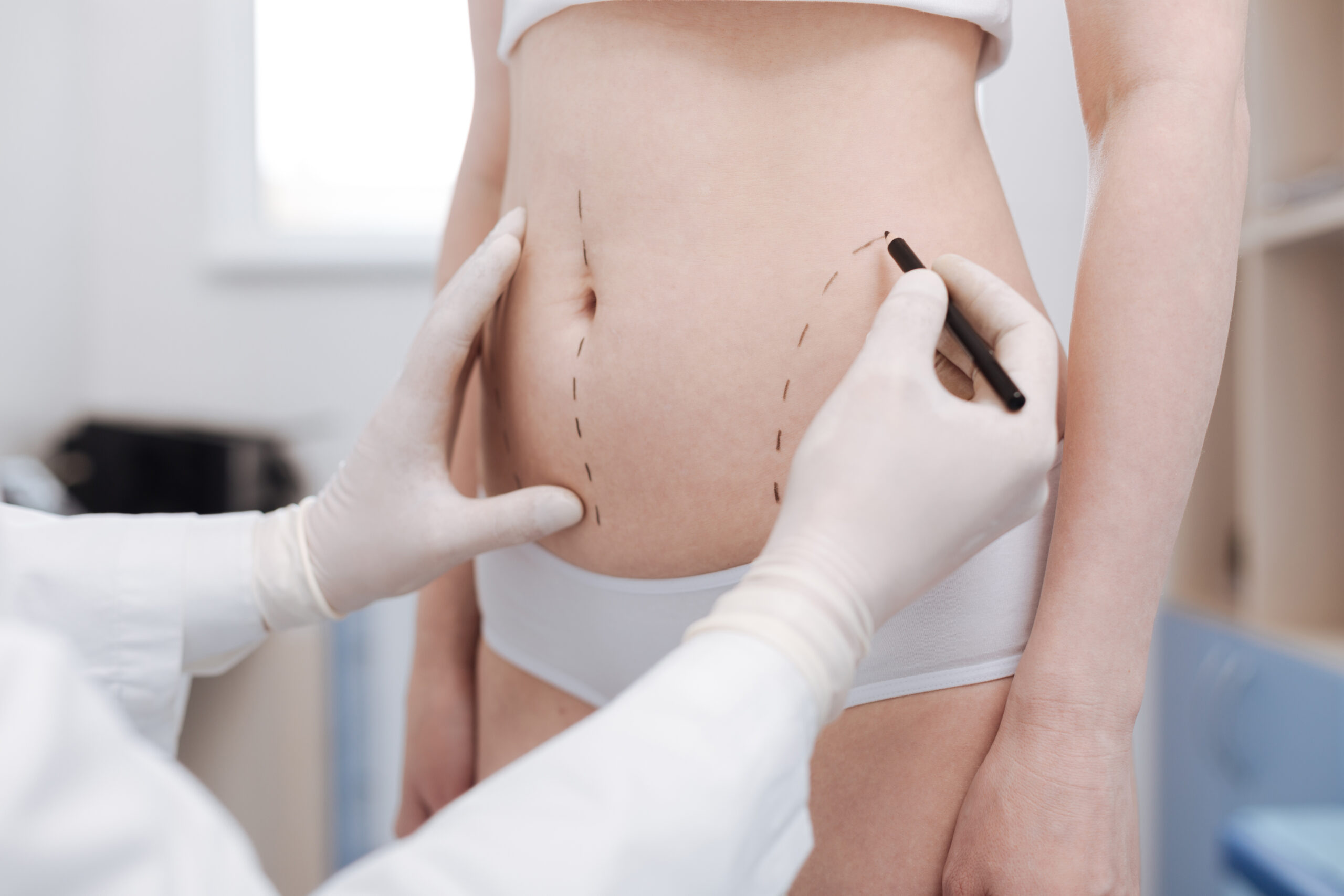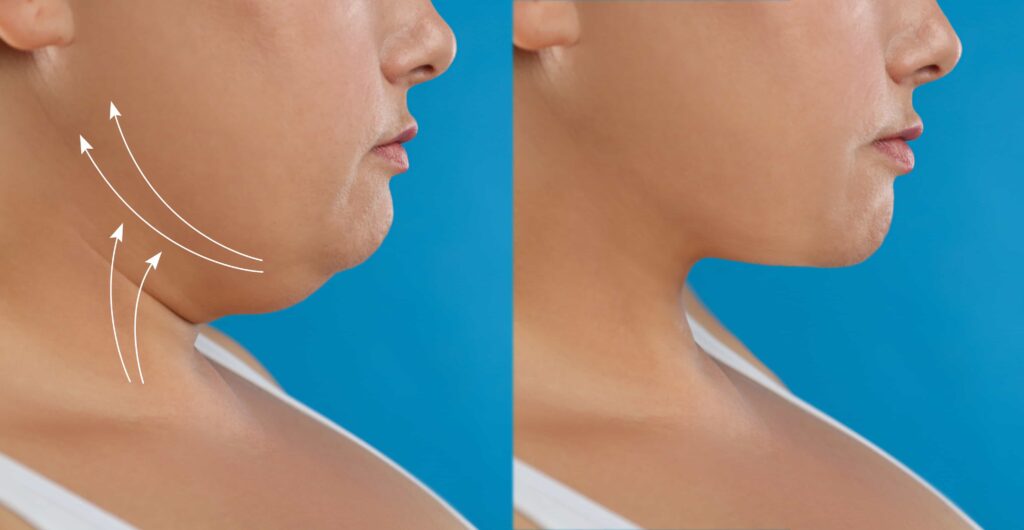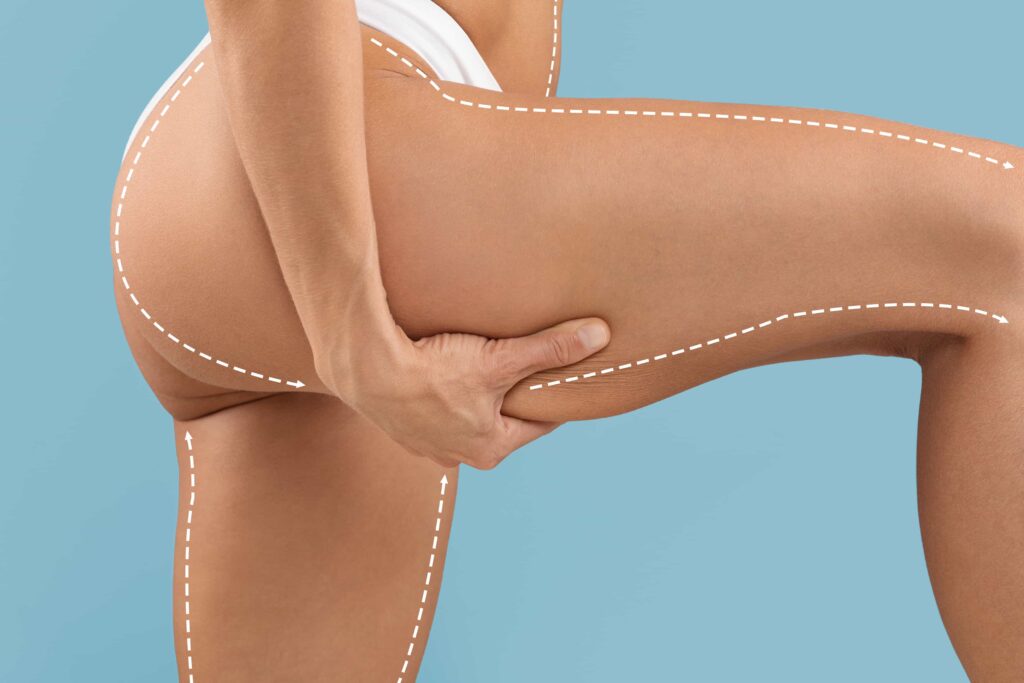Augmentation-mastopexy is a breast lift with implants, combining popular enhancement procedures.
A breast lift addresses sagging for a perkier appearance, while breast augmentation adds desired volume.

Breast enhancement involves more than just increasing size. Many women deal with sagging, also known as breast ptosis, which often requires a lift. Ptosis gives the breasts a droopy look and can develop from several factors over time. In more severe cases, women may also lose volume, making implants helpful for restoring fullness.
A breast lift raises and firms the breasts. Breast implants add volume that is lost or desired.
Breasts change over time due to aging, gravity, sun exposure, and pregnancy. As skin and tissue loosen with age, sagging becomes more noticeable. Weight loss and childbirth can also lead to sagging.
Augmentation-mastopexy combines lifting and volume enhancement. This approach helps improve shape, position, and fullness all at once.
A breast lift, or mastopexy, raises the breasts by removing extra skin and tissue. Surgeons lift the breasts to a higher position on the chest.
During the procedure, they often reduce and reposition the areola. They remove loose skin and soft tissue to get rid of sagging. The surgery reshapes the breast, making it rounder and higher. If done alone, it can also make the breasts look smaller.
If you want more volume, you can combine a breast lift with implants. This gives a fuller, more enhanced result.
Good candidates usually have sagging, lost volume, or breast changes from pregnancy or weight loss.
– A complete breast makeover often involves combining breast augmentation with a lift for optimal results.
– Opting for both surgeries simultaneously allows for a single anesthesia session and recovery period.
– Combining surgeries minimizes incisions, which helps reduce scarring.
-Both procedures are elective and may be cost-effective when performed together.
– Combining breast implants with a lift increases surgical invasiveness.
– Results in a longer procedure and extended recovery time.
In a combined augmentation-mastopexy, the surgeon first places the breast implants. Once they determine the right size, they reshape the natural breast tissue to fit the new volume.
There are several breast lift techniques. Each one treats a different level of sagging. The main difference between them is the incision pattern. The surgeon chooses the best method based on how much lift is needed and the patient’s desired outcome. They also aim to reduce visible scarring as much as possible.
Periareolar Mastopexy (Donut Technique)
This method uses a circular incision around the areola, where the dark and light skin meet. The surgeon lifts the nipple and removes extra skin. This small lift helps the breasts look more youthful. It’s the least invasive technique and involves minimal repositioning.
Vertical Scar Technique (Lollipop Lift)
This option works well for moderate to severe sagging. It combines a circular cut around the areola with a vertical incision down to the breast crease. The result looks like a lollipop. Sometimes, the surgeon adds a short horizontal incision at the base to remove more loose skin. This scar usually hides well in the natural breast fold.
Wise Pattern (Anchor Technique)
This method includes a circular cut around the areola, a vertical cut down the breast, and a long horizontal incision along the fold. It’s best for severe sagging or very large breasts. Surgeons often use it when a large amount of tissue needs to be removed.
Each technique helps lift and reshape the breasts based on your needs and goals.
Recovery after augmentation mastopexy is similar to breast augmentation. Most patients need pain medication for the first 24 to 48 hours.
They can usually drive again in 2 to 3 days and return to work in 3 to 5 days.
Patients should avoid intense activity or exercise for 3 weeks. They must also avoid lifting, pushing, pulling, or straining for 6 weeks.
Surgeons often recommend wearing a sports bra for 3 to 6 weeks. This helps support the new breast shape and control swelling, which is usually mild.
The outcomes of your breast lift surgery are immediately apparent. As time progresses, postoperative swelling will subside, and the incision lines will gradually diminish. The final results of your breast lift will manifest over the subsequent months as the breast shape and position continue to stabilize. While incision lines are permanent, they will continue to fade over time.
The results of your breast lift surgery are intended to be long-lasting. However, it is important to note that your breasts may continue to change due to the effects of aging and gravity. To prolong the longevity of your new appearance, it is advisable to maintain a stable weight and healthy lifestyle.
Breast lift surgery carries risks that should be carefully considered. Potential complications include anesthesia risks, bleeding, and breast asymmetry, as well as irregularities in breast contour and shape. Patients may also experience changes in nipple or breast sensation, which can be either temporary or permanent.
Additional risks involve deep vein thrombosis, fat necrosis, infection, and poor healing of incisions, along with the possibility of needing revisional surgery. It’s crucial to discuss all concerns and questions with your plastic surgeon before giving consent.
The typical cost for a breast lift procedure combined with implants generally ranges between $11,000 and $13,200. This price can vary based on several factors, including the surgeon’s experience, geographical location, the complexity of the surgery, and the specific type of implants chosen.


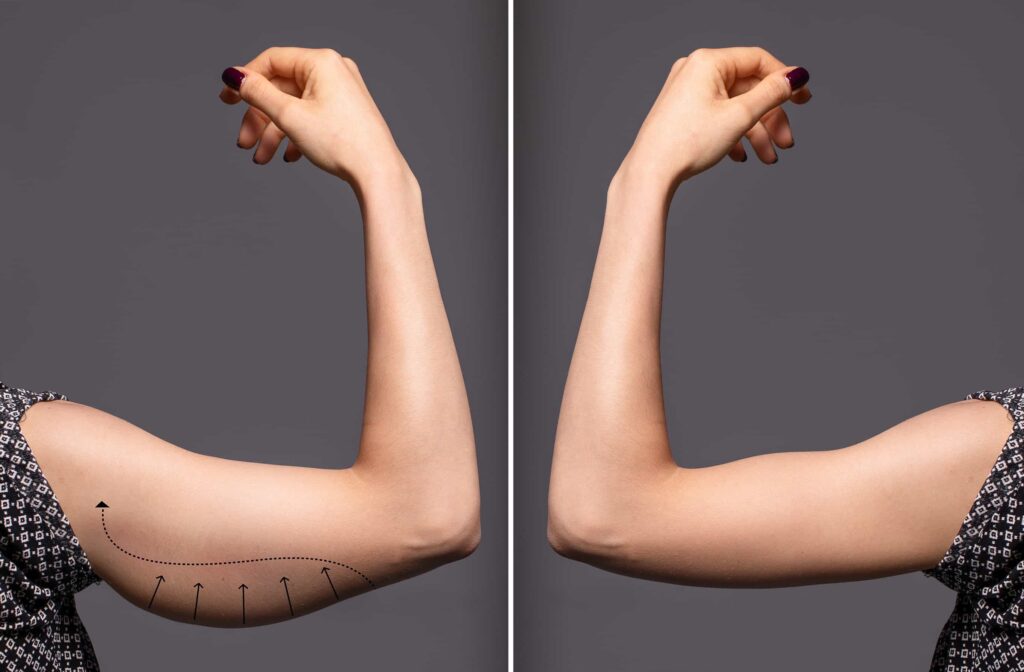
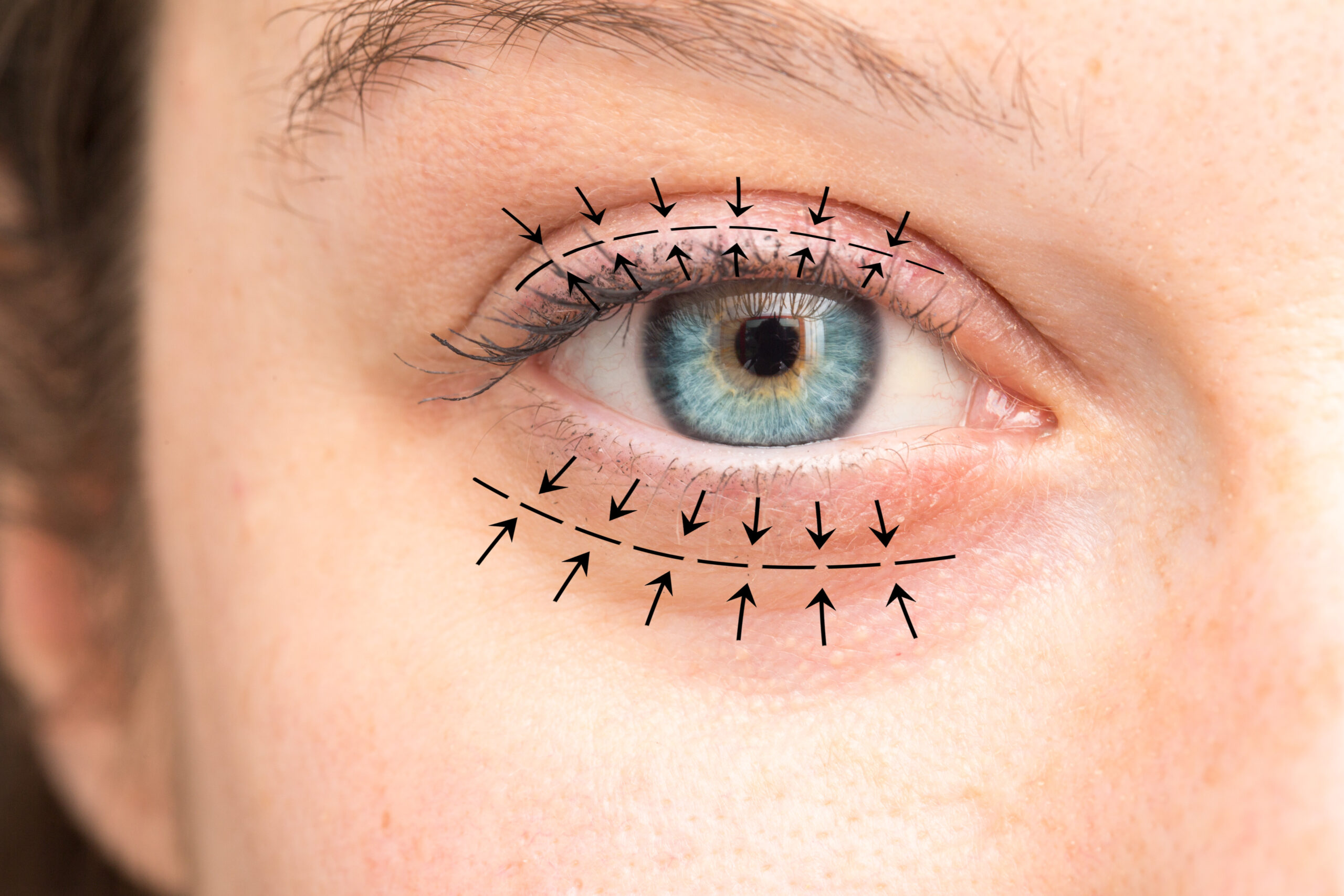
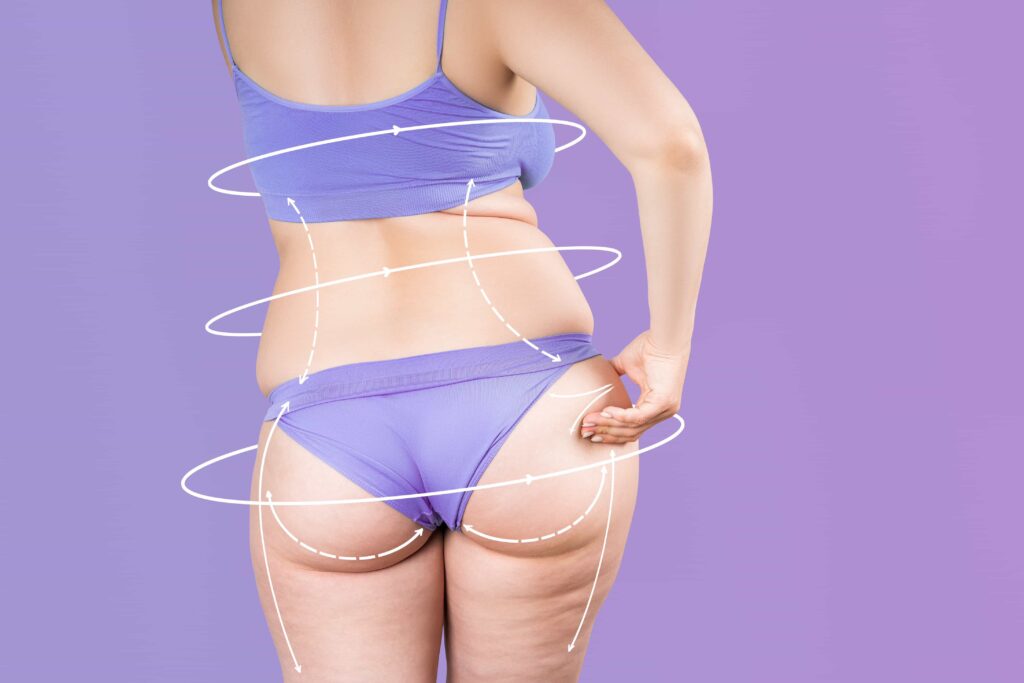

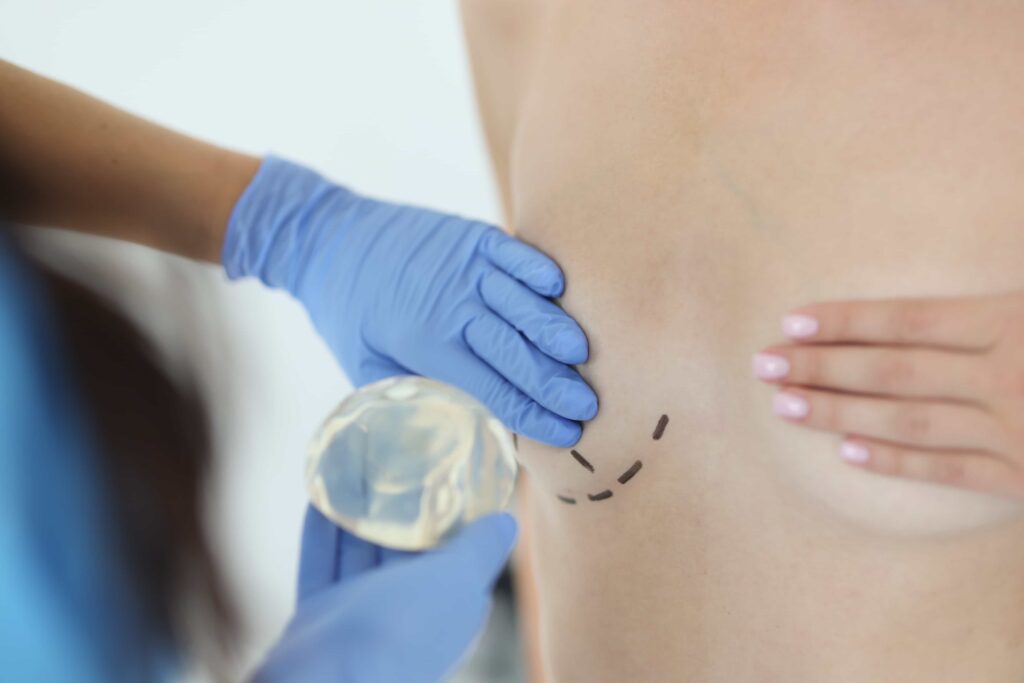
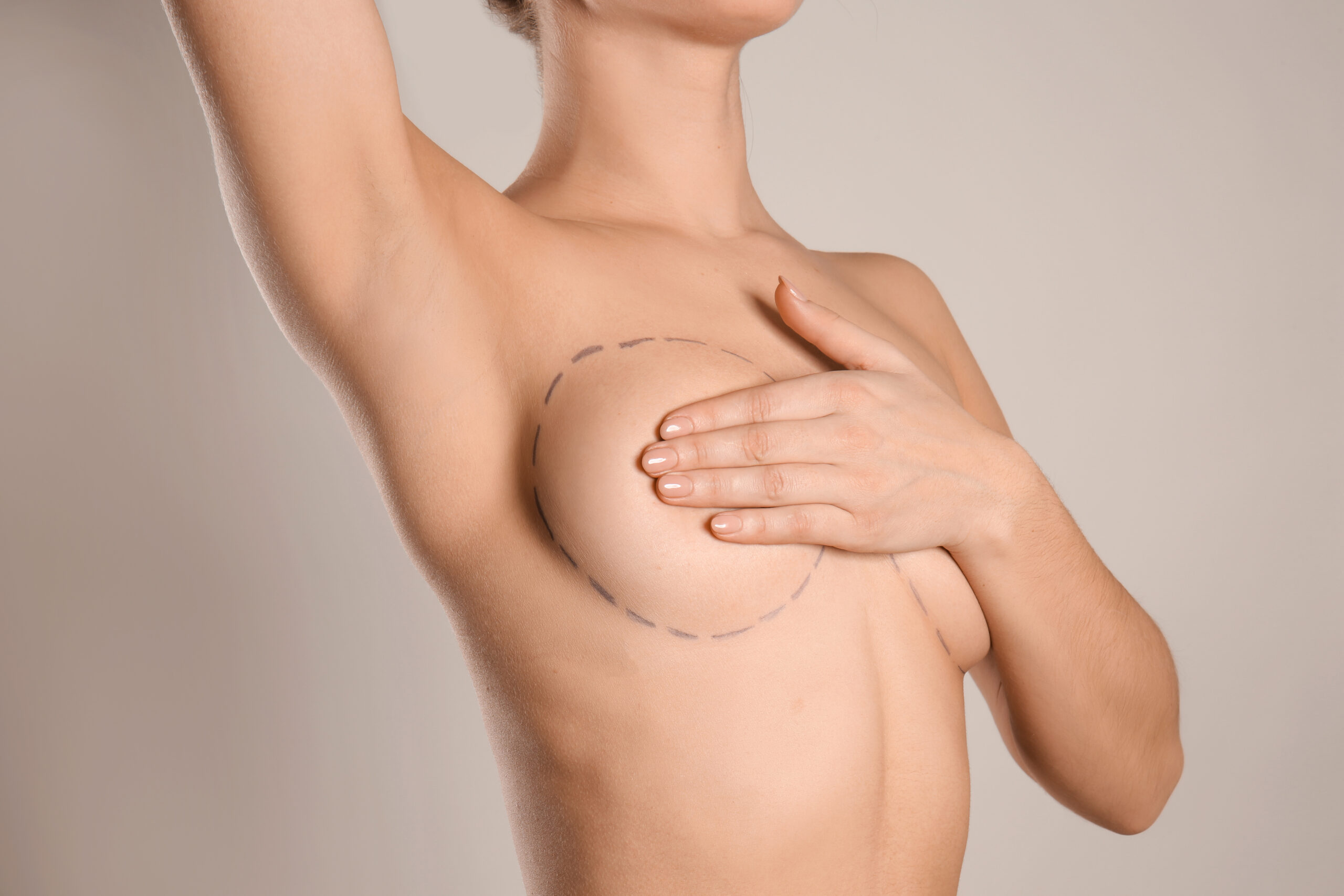
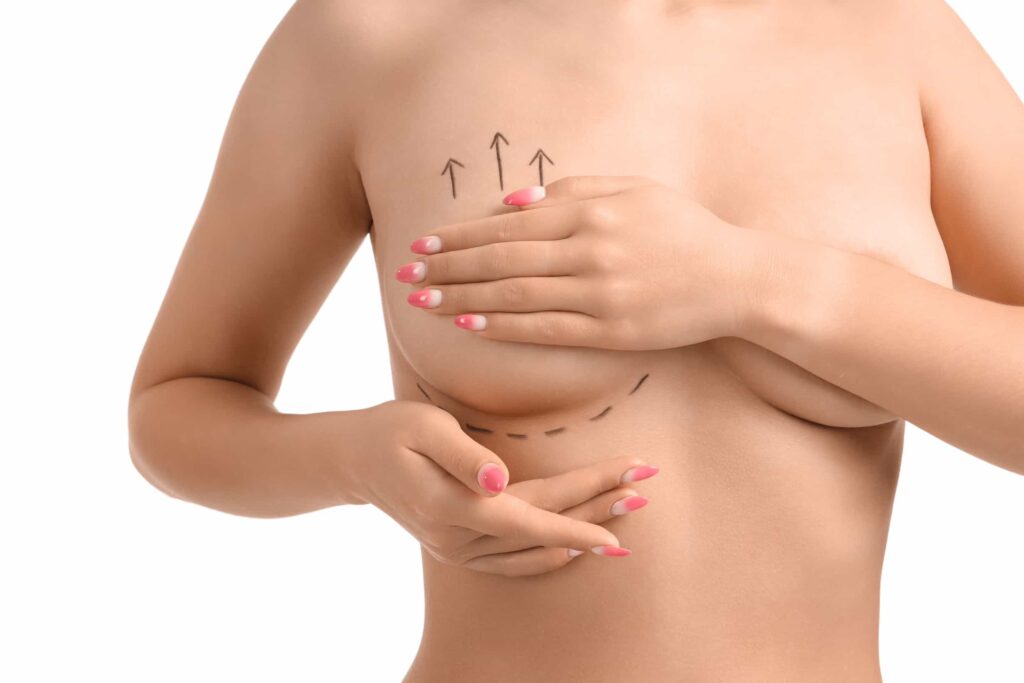
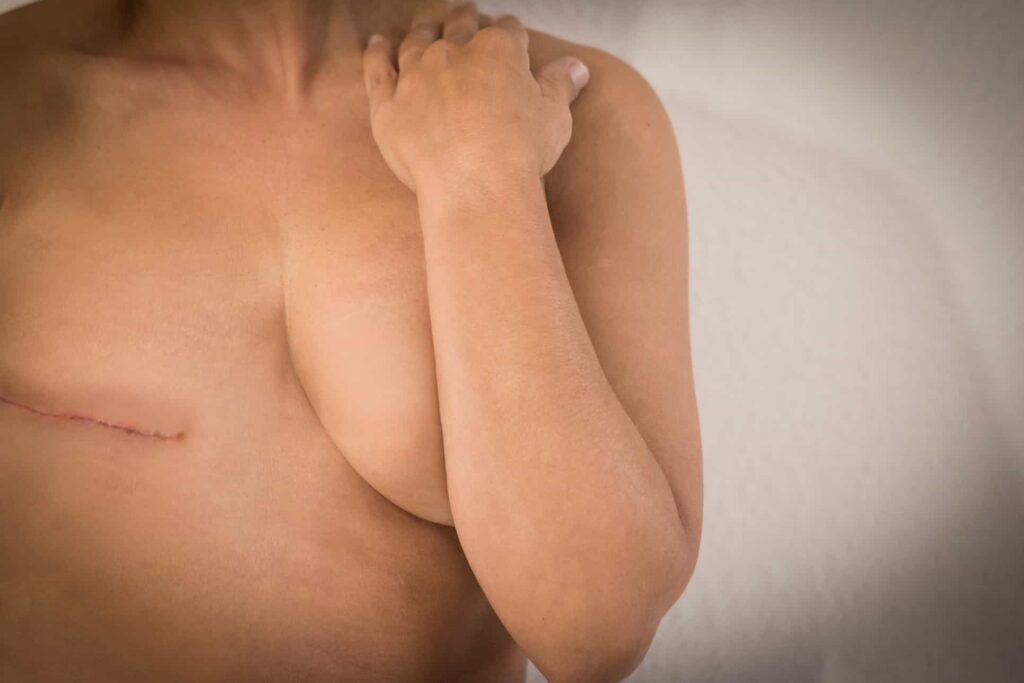
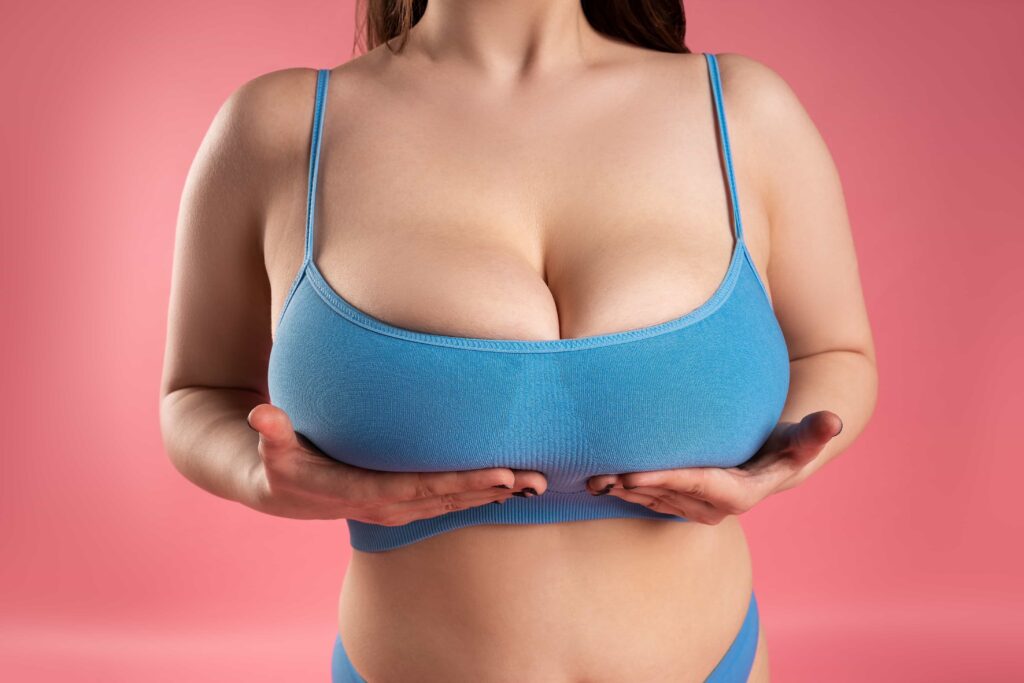
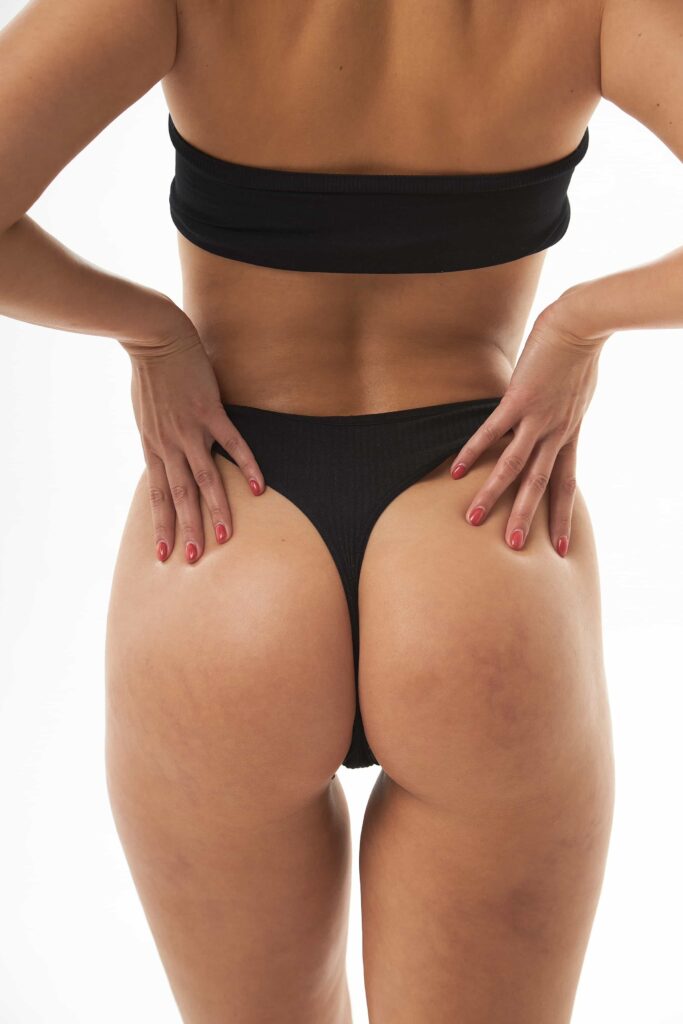

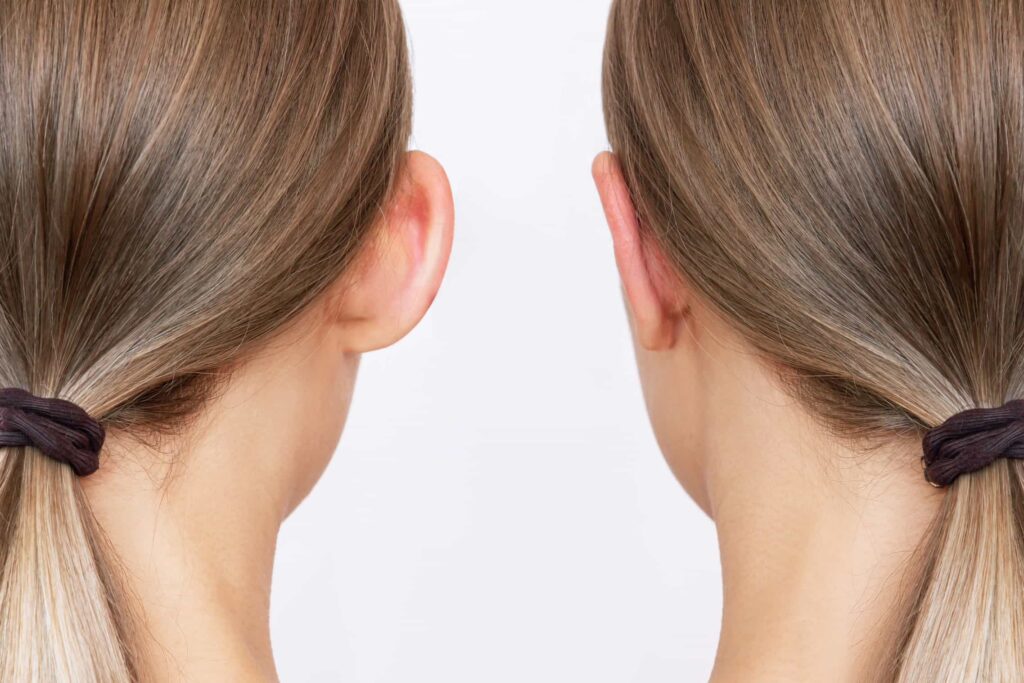
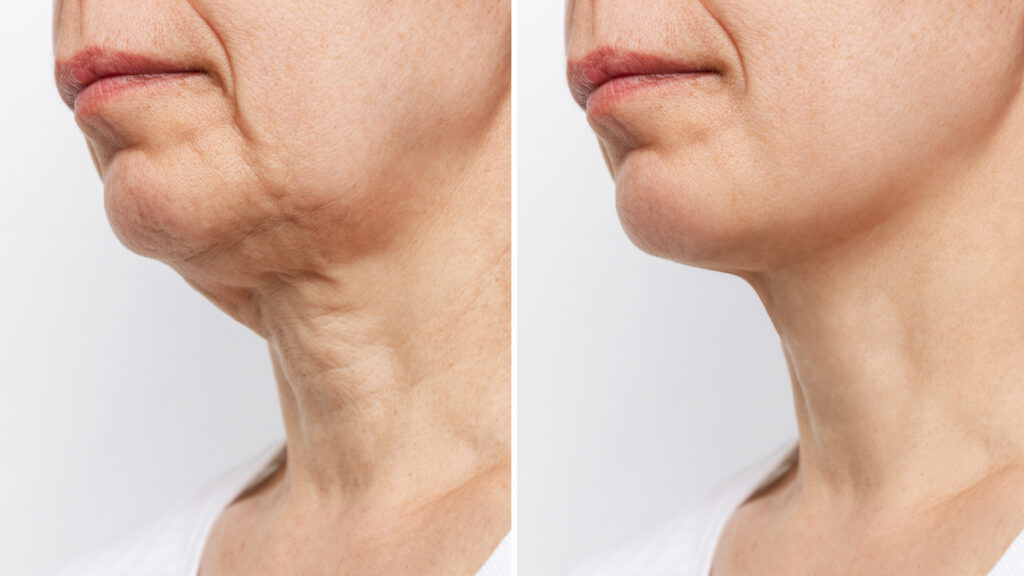

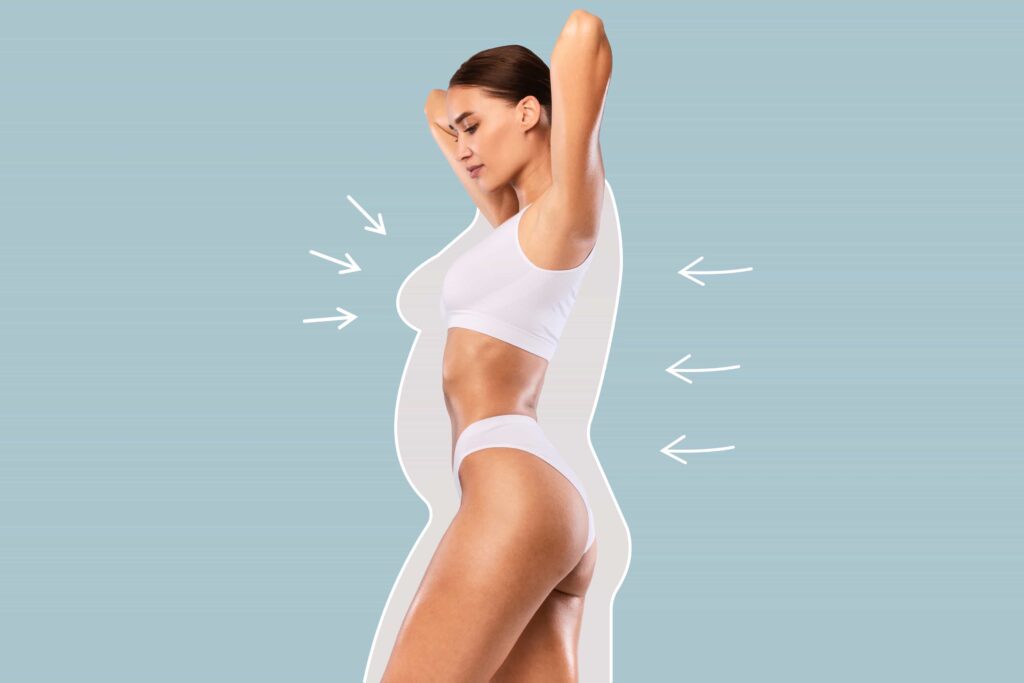
Fat grafting is a procedure that enhances and naturally adds volume to areas of the body by using your own…
